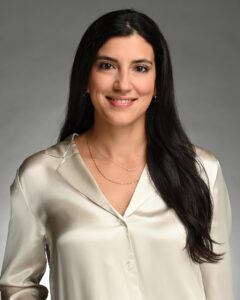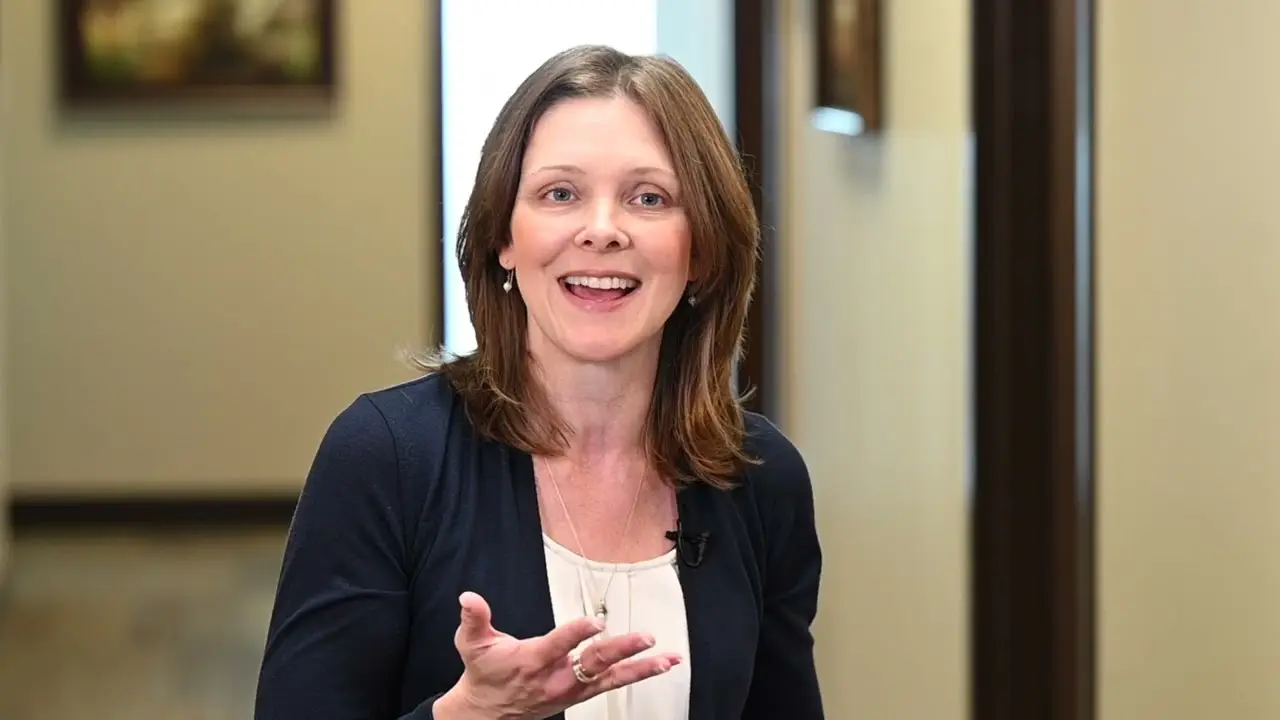
Uterine septum are a significant cause of both infertility and recurrent pregnancy loss.
Uterine abnormalities, like uterine septum are typically congenital (present from birth) and are referred to as Mullerian anomalies, as the uterus develops from a specialized type of tissue called Mullerian tissue.
During embryonic development, a female fetus actually starts out with two small uteri (plural of uterus) – one near each kidney. As the fetus develops, each uterus migrates down toward the tissue that ultimately becomes the vagina, and toward the middle of the patient’s body where it fuses with the uterus from the other side. Under normal circumstances, the wall where the two uteri join reabsorbs completely – from the bottom of the uterus to the top – resulting in a triangular shaped uterine cavity. Any alteration of this development can lead to a Mullerian anomaly.
A septum occurs when the two uteri fuse but the wall between them only partially reabsorbs.
The remaining (unreabsorbed) tissue at the top of the uterus behaves like scar tissue – it has decreased blood flow and may lack the receptors found in normal uterine lining that are necessary for implantation to occur. As a result, a successful pregnancy is much less likely to result. Even if implantation does occur, but it occurs at the top of the uterus, miscarriage is much more common.
Whenever we diagnose a uterine septum, we will advocate for hysteroscopic repair – usually under laparoscopic guidance.
This outpatient procedure is designed to resect the septum so that the entire top of the uterus enlarges, creating a normal area for implantation to occur. Once this procedure has been performed, the uterus is much more capable of carrying a pregnancy to term. In addition, as the repair does not involve making an incision in the muscular uterine wall, patients who conceive after a septum resection are not required to have a Cesarean section.
For more information on Uterine Septums read the following ASRM Guide(s):












